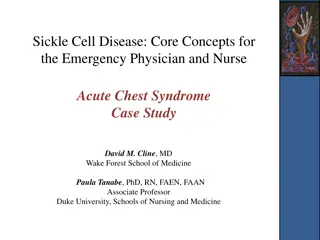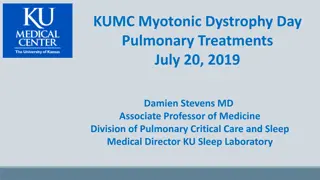Case Study: Management of Haemothorax Complicated by Pneumonia in a 62-Year-Old Patient
A 62-year-old patient with a history of COPD, AF, and metallic AVR on warfarin presented with left-sided chest pain and breathlessness. Initially diagnosed with a pleural effusion, subsequent imaging revealed a complicated parapneumonic effusion/empyema. Despite initial drainage and treatment, the patient deteriorated on Day 6 due to hypovolaemic shock secondary to haemothorax. Prompt management in the ICU led to stabilization and collaboration with hematology and cardiothoracic teams for further care.
Download Presentation

Please find below an Image/Link to download the presentation.
The content on the website is provided AS IS for your information and personal use only. It may not be sold, licensed, or shared on other websites without obtaining consent from the author. Download presentation by click this link. If you encounter any issues during the download, it is possible that the publisher has removed the file from their server.
E N D
Presentation Transcript
SpR 1 Matt Dickson
Day 1 62 year old PMH: COPD, AF, Metallic AVR (on warfarin) Left sided chest pain, increased breathlessness Observations normal isolated episode of pyrexia CXR moderate left sided pleural effusion CT no evidence of malignancy INR 7.5 no Hx of trauma (warfarin held, 1mg oral Vit K) CRP mildly elevated (60) Abx started Simple parapneumonic effusion vs malignancy vs haemothorax
Day 2 CRP >400 USS revealed unilocular, large effusion More likely complicated parapneumonic effusion/empyema Beriplex and IV vitamin K given 12 Fr Seldinger inserted no bleeding/immediate complications Slightly turbid, serous fluid draining pH 6.8 Antibiotics continued Therapeutic enoxaparin commenced 1mg/kg BD
Day 3, 4 and 5 Drained 2.5 litres Oozing blood from drain site, one dose enoxaparin withheld on Day 3 but continued thereafter Stopped draining day 5, clot noticed in tube Drain removed evening of day 5
Day 6 Unwell CRP 500 Hypotensive, reduced GCS, clammy Type 2 RF, sats 80% on 15l/min No bleeding around drain site, no haematoma No significant drop in Hb Day 5
Day 6 Initial thoughts likely septic shock Responded to IVT, inotropes, BiPAP Planned for ITU PEA arrest, down time of 9 minutes (sustained rib fractures) Spurious Hb results
Day 6 Hb had dropped from 120 to 60 Hypovolaemic shock secondary to haemothorax Stabilised in ITU Liaised with haematology and cardiothoracics
Haemothorax Collection of blood within pleural cavity Effusion should contain at least 50% of the haematocrit of peripheral blood Causes: Mostly sharp/blunt trauma Iatrogenic Spontaneous (rupture of pleural adhesions, anticoagulation, cancer)
Pathogenesis Some degree of defibrination through motion of organs within thorax Incomplete clotting Pleural enzymes can break down clot If large collection, clot inevitable Adhere to parietal and visceral pleura Membrane thickens with time Lung becomes trapped Fibrothorax Empyema
Management What we can do: Chest drain (>28Fr) Prophylactic antibiotics (for at least first 24 hours) Imaging (CT/USS) Intrapleural fibrinolytic therapy (within first 7 10 days advisable) e.g. alteplase
Management Indications for surgery: Early If drainage >1.5L /24 hours or >200ml/hour, refer to cardiothoracics If stable VATS If unstable thoracotomy Late If after initial management, haemothorax persists Surgery best in first 48-72 hours Thoracotomy indicated if complex
What you might see through USS Haematocritsign
What you might see through USS Plankton sign
Complicating factors in this case Metallic heart valve, need for anticoagulation Would alternative anticoagulant changed his outcome? Parapneumonic effusion/empyema prior to haemothorax Unable to drain haemothorax early Too unstable to transfer to CTx Issue of ongoing anticoagulation for valve
References 1. Ali HA, Lippmann M, Mundathaje U, Khaleeq G. Spontaneous hemothorax: a comprehensive review. Chest 2008;134:1056e65. 2. Boersma WG, Stigt JA, Smit HJM. Treatment of haemothorax. Respiratory Medicine 2010; 104: 1583-1587



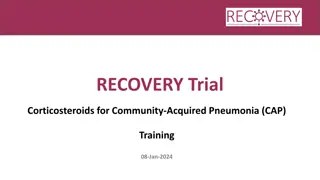
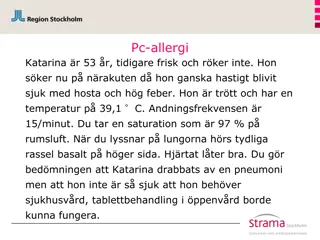






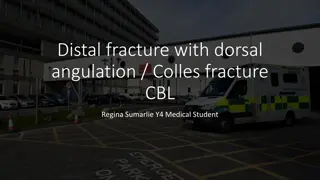
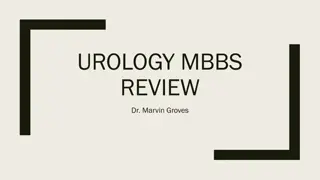






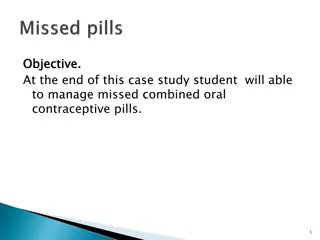
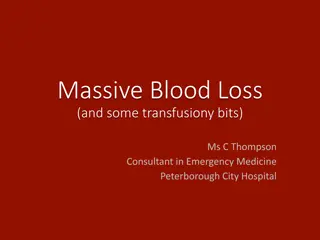

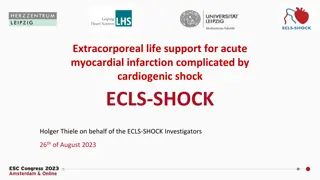
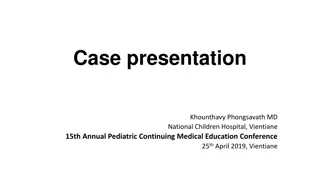
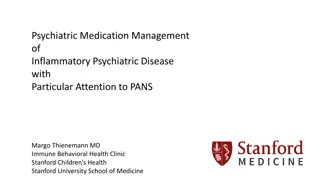

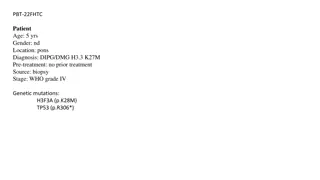
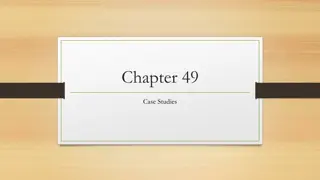

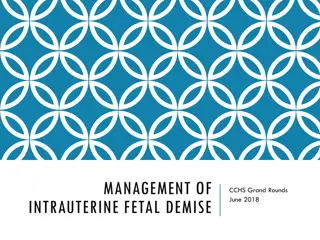
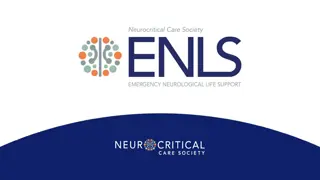
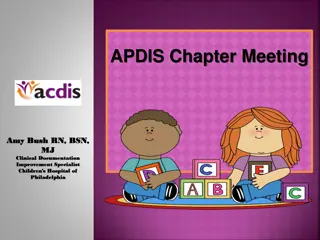



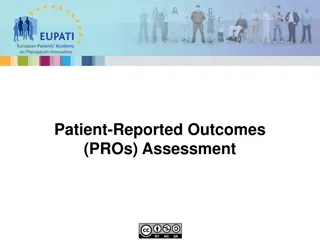




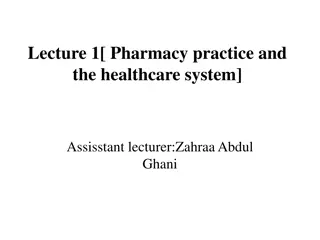


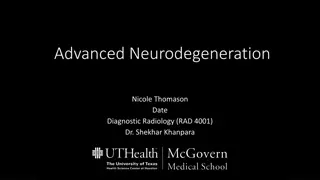
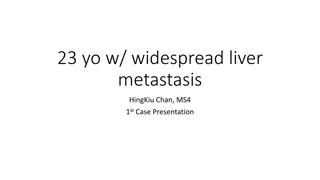
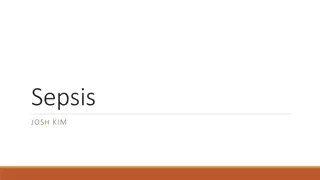
![Comprehensive Case Study on [Insert Case Title Here]](/thumb/159705/comprehensive-case-study-on-insert-case-title-here.jpg)
